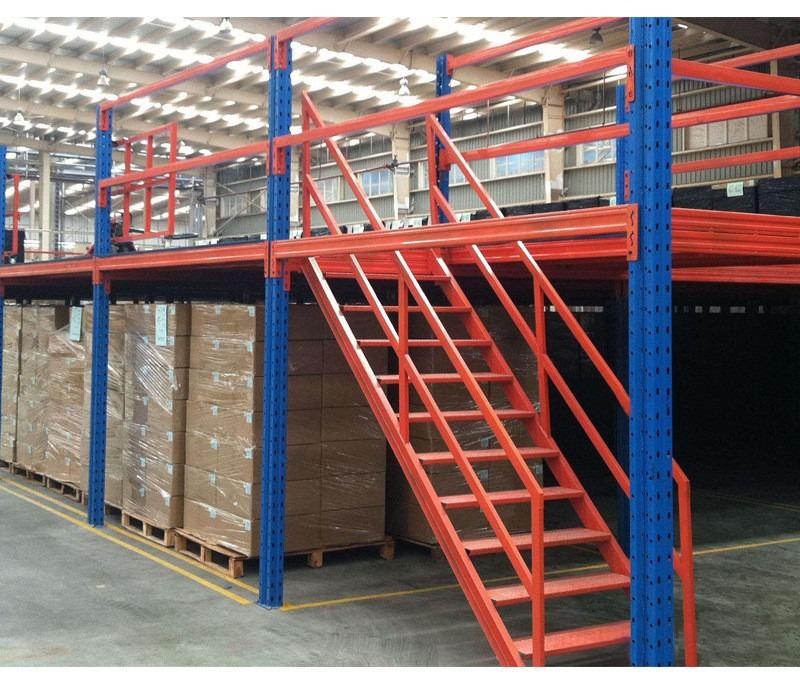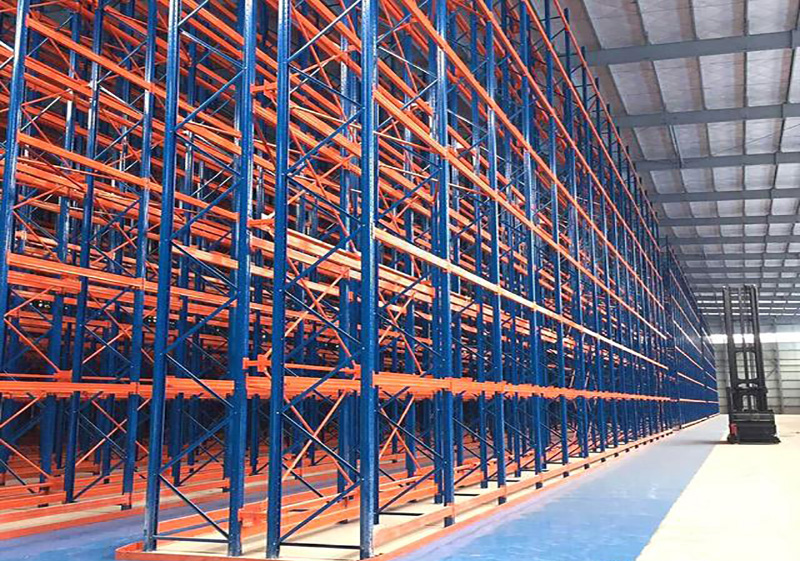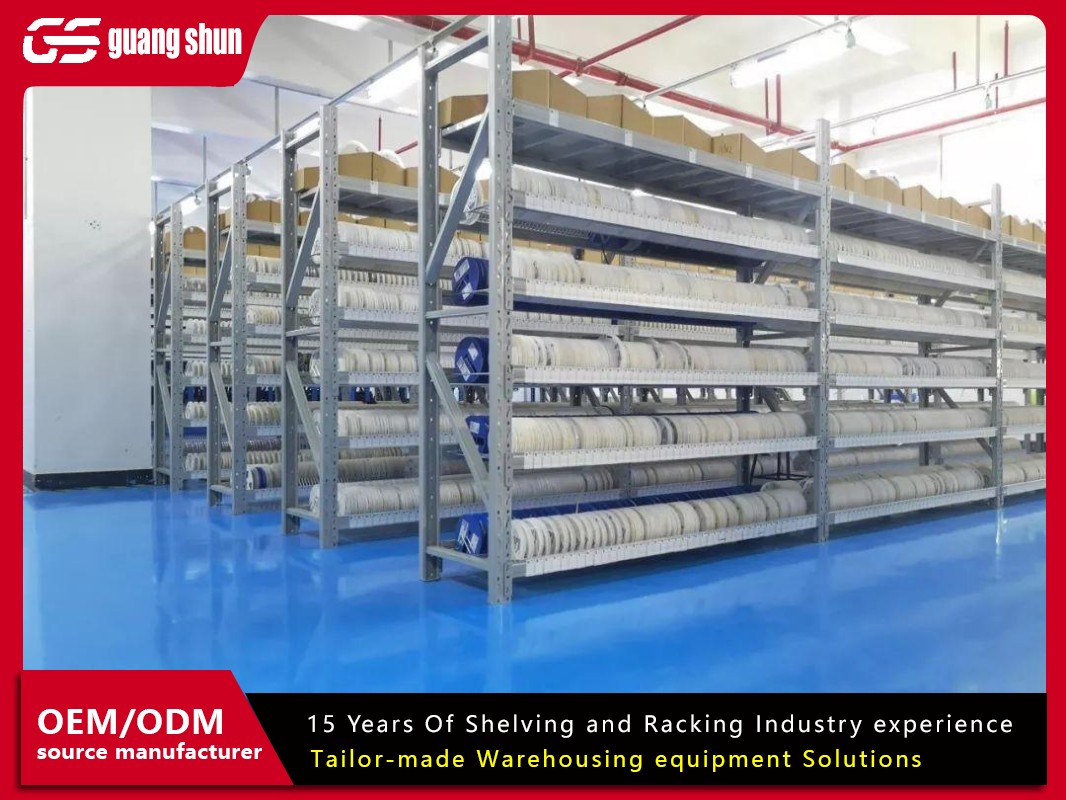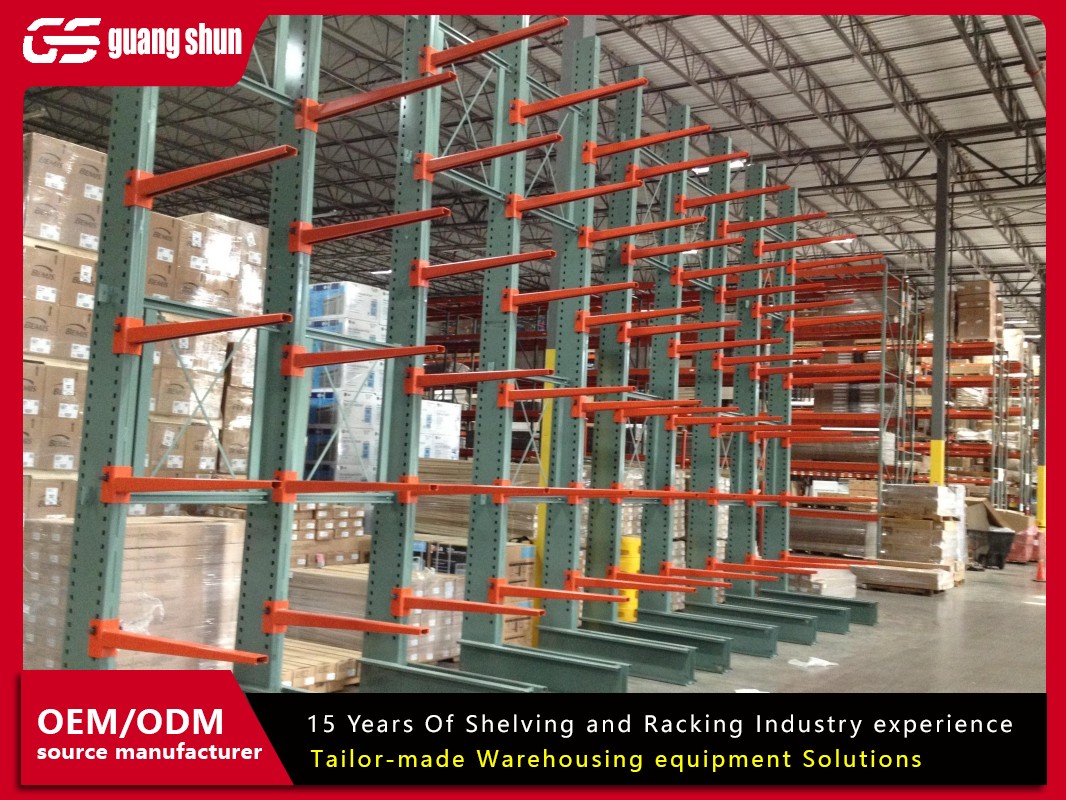When it comes to optimizing warehouse storage, many businesses are constantly seeking solutions that balance space utilization, accessibility, and cost-effectiveness. One such innovative system that has gained popularity is the pushback rack. If you're involved in logistics, inventory management, or warehouse operations, understanding the pushback rack can significantly enhance your storage strategies. This article delves into five key aspects of the pushback rack system, providing a comprehensive overview to help you decide if it's the right fit for your needs. From its basic functionality to real-world applications, we'll cover everything you need to know about pushback rack without the fluff. Let's dive in and explore how this system can transform your storage efficiency.

What is a Pushback Rack?
A pushback rack is a type of pallet storage system designed for high-density storage in warehouses and distribution centers. Unlike traditional static racking, the pushback rack utilizes a dynamic structure where pallets are stored on inclined rails or carts that allow for multiple pallets to be stored in a single lane. Typically, each lane can hold between two to six pallets deep, depending on the design. The key feature of a pushback rack is its ability to enable last-in, first-out (LIFO) inventory management, meaning the most recently stored pallet is the first to be retrieved. This system is ideal for environments where space is at a premium and where products have moderate to high turnover rates. The pushback rack is constructed from durable materials like steel, ensuring it can handle heavy loads while maintaining safety and stability. By understanding the fundamental design of a pushback rack, businesses can better appreciate its role in streamlining operations and reducing clutter in storage areas.
How Does a Pushback Rack Work?
The operation of a pushback rack is both intuitive and efficient, relying on gravity and mechanical components to facilitate easy loading and unloading. When a forklift operator places a pallet into a pushback rack lane, the pallet is pushed onto a series of nested carts or rails that are set on a slight incline. As a new pallet is inserted, it pushes the existing pallets backward, hence the name "pushback." This design allows multiple pallets to be stored in depth without requiring multiple aisles for access. When it's time to retrieve a pallet, the operator simply removes the front one, and the subsequent pallets automatically slide forward due to gravity, making the next one accessible. This mechanism minimizes the need for extensive maneuvering and reduces labor time. The pushback rack system often includes safety features like wheel stops and guard rails to prevent accidents. Overall, the functionality of a pushback rack enhances workflow efficiency, making it a popular choice for warehouses aiming to maximize storage density while maintaining quick access to goods.
Key Benefits of Using a Pushback Rack
Implementing a pushback rack system offers numerous advantages that can revolutionize warehouse operations. First and foremost, the pushback rack significantly increases storage density by allowing deeper storage lanes compared to selective pallet racking. This means you can store more inventory in the same footprint, which is crucial for facilities with limited space. Secondly, the pushback rack improves accessibility and reduces travel time for forklifts, as operators don't need to navigate multiple aisles to reach different pallets. This leads to higher productivity and lower operational costs. Thirdly, the LIFO inventory method supported by pushback rack is ideal for products with similar shelf lives or where batch tracking isn't critical, such as in retail or food distribution. Additionally, the pushback rack system enhances safety by reducing clutter and minimizing the risk of pallet falls, thanks to its secure design. Lastly, the versatility of pushback rack allows it to handle a wide range of load weights and sizes, making it adaptable to various industries. By leveraging these benefits, businesses can achieve a better return on investment and streamline their supply chain processes.
Applications and Industries for Pushback Rack
The pushback rack system is versatile and finds applications across multiple industries due to its efficiency and flexibility. In the retail sector, pushback rack is commonly used for storing fast-moving consumer goods, where high-density storage and quick access are essential. Manufacturing facilities employ pushback rack to manage raw materials and finished products, ensuring smooth production lines. The food and beverage industry benefits from pushback rack for storing perishable items in a organized manner, though it's often paired with FIFO systems for time-sensitive goods. Logistics and distribution centers rely on pushback rack to handle seasonal peaks and varying inventory levels, optimizing space during high-demand periods. Additionally, cold storage warehouses use pushback rack due to its ability to maximize limited space in temperature-controlled environments. The pushback rack is also popular in automotive and electronics industries for storing bulky components. By understanding these applications, businesses can assess whether a pushback rack solution aligns with their specific needs and operational requirements.

Comparing Pushback Rack to Other Storage Systems
When evaluating storage options, it's important to compare the pushback rack with other common systems like selective pallet racking, drive-in racking, and pallet flow racks. Selective pallet racking offers direct access to every pallet but requires more aisle space, making it less dense than a pushback rack. In contrast, the pushback rack provides higher density by reducing aisle requirements, though it uses a LIFO approach, which may not suit all inventory types. Drive-in racking allows for even greater density but can be less accessible and more prone to damage, whereas the pushback rack balances density with better selectivity. Pallet flow racks, which use gravity for FIFO retrieval, are ideal for perishable goods but can be more expensive to install than a pushback rack. The pushback rack stands out for its cost-effectiveness, ease of use, and moderate density gains. It's particularly advantageous when you need more storage without expanding your facility's footprint. By comparing these systems, you can see that the pushback rack is a middle-ground solution that offers a compelling mix of benefits for many warehouse environments.
Installation and Maintenance of Pushback Rack
Proper installation and maintenance are crucial for maximizing the lifespan and performance of a pushback rack system. Installation typically involves assembling the steel框架, setting up the inclined rails or carts, and ensuring everything is level and secure. It's recommended to work with professional installers who understand the nuances of pushback rack systems to avoid safety hazards and ensure compliance with industry standards. Regular maintenance of a pushback rack includes inspecting for wear and tear on the carts, wheels, and rails, as well as checking for any misalignments that could affect functionality. Lubricating moving parts and cleaning debris from the lanes can prevent jams and extend the system's life. Additionally, training staff on proper usage—such as avoiding overloading and following loading sequences—is key to maintaining a pushback rack. Unlike more complex systems, the pushback rack is relatively low-maintenance, but periodic audits can help identify issues early. By investing in proper care, businesses can ensure their pushback rack remains a reliable asset for years to come.
In conclusion, the pushback rack is a powerful storage solution that addresses common challenges in warehouse management. From its efficient LIFO operation to its space-saving design, the pushback rack offers a balanced approach for businesses looking to enhance storage density and accessibility. By considering the aspects covered—what it is, how it works, its benefits, applications, and comparisons—you can make an informed decision about integrating a pushback rack into your operations. If you're dealing with space constraints and moderate inventory turnover, the pushback rack might be the game-changer you need. Remember, investing in the right storage system can lead to long-term savings and improved efficiency, so evaluate your needs carefully and consult with experts if necessary.
Frequently Asked Questions About Pushback Rack
Q1: What is the typical capacity of a pushback rack system?
A1: The capacity of a pushback rack varies based on design and manufacturer, but it commonly handles loads ranging from 1,000 to 4,000 pounds per pallet position. It's essential to consult with a supplier to determine the exact specifications for your needs, as factors like lane depth and rack configuration can influence the overall capacity.
Q2: Can pushback rack be used for FIFO inventory management?
A2: No, the pushback rack is primarily designed for last-in, first-out (LIFO) inventory management due to its retrieval mechanism. If you require first-in, first-out (FIFO) handling, alternative systems like pallet flow racks might be more suitable, as they allow older inventory to be accessed first.
Q3: How much space can I save by switching to a pushback rack?
A3: By using a pushback rack, you can typically increase storage density by 30% to 50% compared to traditional selective racking, as it reduces the number of aisles needed. The exact savings depend on your current layout and the depth of the pushback rack lanes, but many businesses see significant space optimization.
Q4: Is pushback rack suitable for cold storage environments?
A4: Yes, the pushback rack can be adapted for cold storage by using materials resistant to low temperatures and humidity. However, it's important to ensure proper maintenance to prevent icing on moving parts, and you may need to consider specialized designs for optimal performance in such conditions.
Q5: What are the common drawbacks of using a pushback rack?
A5: While the pushback rack offers many benefits, it has some limitations. These include the LIFO inventory method, which may not work for all product types, and potential higher initial costs compared to basic racking. Additionally, if not maintained properly, the moving parts could wear out over time, leading to increased maintenance needs.







